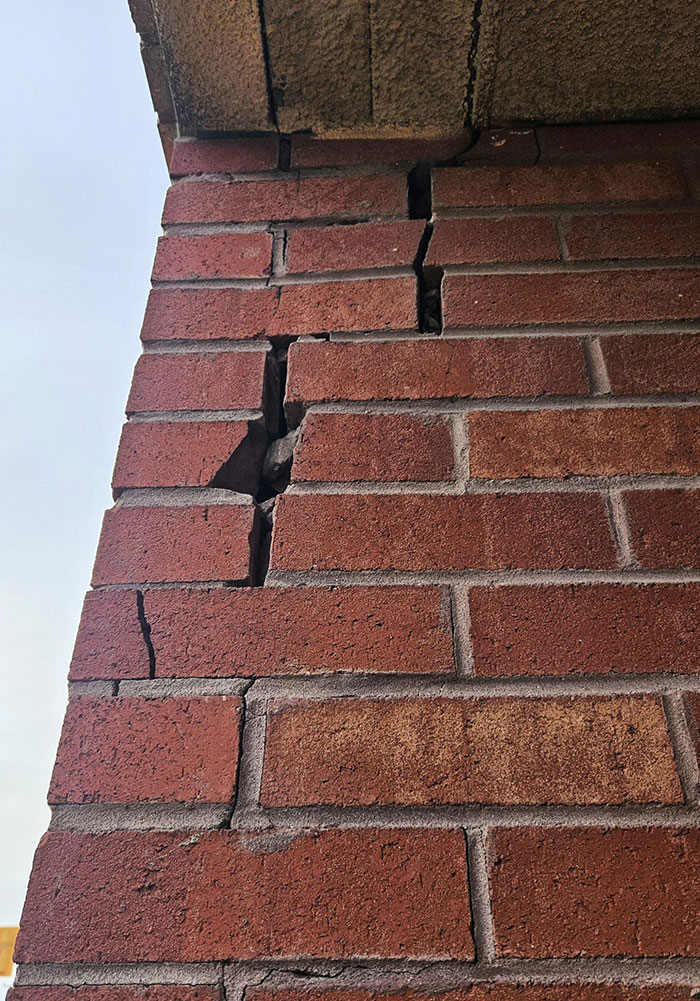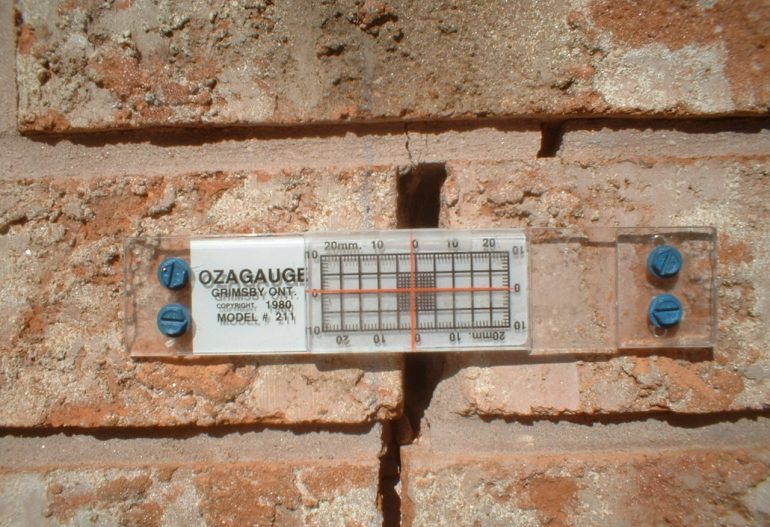Make informed decisions with a Building Condition Assessment
What are BCAs?
AEL environment is pleased to offer Building Condition Assessments (BCAs) for our clients with commercial, industrial, institutional or multi-residential properties.
BCAs are typically used by property owners, managers, investors, or lenders to understand the building’s condition for asset management, capital planning, or due diligence and can support long-term planning, forecast maintenance needs, financing decisions, or risk assessment. They differ from pre-inspections which typically aim only to identify immediate repair needs or deal-breakers to facilitate a property sale or negotiation.
Let’s connect to discuss how AEL can protect your investment with a Building Condition Assessment.
Why Does Your Property Need a BCA?
A Building Condition Assessment holds immense significance for various stakeholders, including property owners, facility managers, investors, and tenants, including:
- Similar to Phase One Environmental Site Assessments (ESAs), BCAs are often required as a condition of purchase financing, sale, or refinancing a commercial property. A BCA provides valuable insights into the condition of the building, which helps both buyers and sellers make informed decisions, negotiate terms, and assess the true value of the property.
- Identifying maintenance needs early on helps prevent minor issues from escalating into costly repairs. Timely intervention and proactive maintenance can help building owners, investors, and property managers save money in the long run.
- Assessing the condition of building components and systems helps estimate their remaining useful life. This understanding aids in planning replacements or upgrades before critical failures occur.
- A well-maintained building retains its value and attracts tenants or buyers. Regular assessments contribute to preserving and enhancing the asset value of the building, making it more attractive in the market.
- Buildings must meet various safety standards and adhere to local codes and regulations. A BCA helps identify areas of non-compliance, allowing for necessary corrective actions.
- Whether it’s planning for renovations, evaluating investment opportunities, or understanding the impact of aging infrastructure, a BCA provides data-driven insights for informed decision-making.
Ultimately, the value of a Building Condition Assessment is that it offers a comprehensive understanding of a building’s condition, enabling proactive maintenance, risk mitigation, and informed decision-making regarding the property, whether you plan to sell or not.

What Does a BCA With AEL Include?
The BCA includes a building survey or site walkover and the preparation of a report, which generally follows the ASTM E2018-15 Standards. The BCA is based on visual observations (i.e. as observed by AEL at the time of the site walkover) of readily accessible and unobstructed areas of the building and services and information that is readily available to AEL at the time of the site walkover to provide the client with an opinion on the existing condition of the property.
Our Building Condition Assessment Reports include:
- A detailed description of the site including observations and overall structural competency of the building
- An evaluation of the condition of building and system elements including:
- Architectural components of the site (building envelope, foundation, insulation)
- Exterior finishes (roof system, window / wall systems, pavements)
- Interior elements (including HVAC, electrical, plumbing and fire safety systems)
- Observations and conclusions about the roof collected via an unmanned aerial vehicle (drone) survey, and potentially via physical walkover if safe access to the roof is provided.
- A list of components to be repaired, replaced, or upgraded immediately to conform to industry standards.
- A list of recommendations for repair or replacement, with corresponding time frames and cost allowances.
*Note the BCA will not include an inspection on any interior installations, appliances, or equipment. These are not considered to be part of the building.

Site-Specific Factors That May Impact the Scope and Cost of your Building Condition Audit
The scope and associated costs consider site-specific factors, including:
- Overall Building & Property Size: larger properties or facilities with extensive grounds may require additional time for assessment and reporting.
- Age of the Building: as older buildings often present more wear and tear, outdated materials or systems, which can generate more deficiencies to be assessed
- Building Height and Accessibility: the height of the structure—such as low-rise versus high-rise—may necessitate the use of specialized equipment, including drones or lift access, to safely and effectively inspect roofing and exterior components.
- Construction Materials: the type and condition of materials used (e.g., concrete, brick, steel, wood framing, cladding systems, roofing membranes) can influence the scope and depth of the assessment.
- Property Use and Occupancy Type: whether the building is commercial, industrial, institutional, or multi-residential can affect access requirements, systems complexity, and the level of detail required.
- Number of Units (if applicable): in multi-tenant or residential buildings, the number of units or suites can increase the scope of systems and features to be reviewed.
- Complexity of Building Construction and Configuration: features such as irregular building shapes, multi-level roofs, extensive venting or HVAC systems etc. may require a more detailed and time-intensive inspection.
- Travel Time and Expenses: locations that involve extended travel time, remote access, or overnight stays may include associated travel and logistical costs.

Who Needs a BCA?
A Building Condition Assessment can be a valuable tool for various stakeholders, including:
- Realtors can utilize a Building Condition Assessment to assess the condition and potential risks associated with a building during the purchase and sale process.
- Bankers may require a Building Condition Assessment as part of the process for financing a property.
- Lawyers may require a Building Condition Assessment to address legal or regulatory issues related to the site.
- Property developers can benefit from a Building Condition Assessment of existing structures on the property to understand the condition and potential challenges associated with adaptive reuse or renovation projects.
- Site owners can benefit from a Building Condition Assessment to gain a comprehensive understanding of the current state of their property in order to make informed decisions regarding maintenance, repairs, renovations, or potential upgrades.
The AEL Advantage
AEL environment is committed to providing value-added services in the assessment and remediation of contaminated sites, and providing environmental regulatory compliance support. AEL employs a dedicated team of professionals and industry experts with decades of professional engineering experience. AEL has a 25+ year track record of successfully completed projects, ranging in value from thousands to millions, as a result of expertise and innovation in the environmental engineering industry. A high volume of repeat business testifies to the firm’s technical competency and diligent project management, and focus on achieving its clients’ goals.

Our Process
-

1. Discover
Every property is unique. We will listen carefully and seek clarity to ensure we understand your site’s unique details and goals.
-

2. Identify
We will recommend an optimal approach, innovative and cost-effective services and solutions for your site, focused on achieving your desired outcome.
-

3. Analyze
Once authorized, we will complete the required research, testing, consulting or reports to required standards. We take the time to review any results and reports together.

Protect Your Investment with a Building Condition Assessment
Expert insights from Professional Engineers, that gives you a clear picture of your property’s current condition and future needs.
